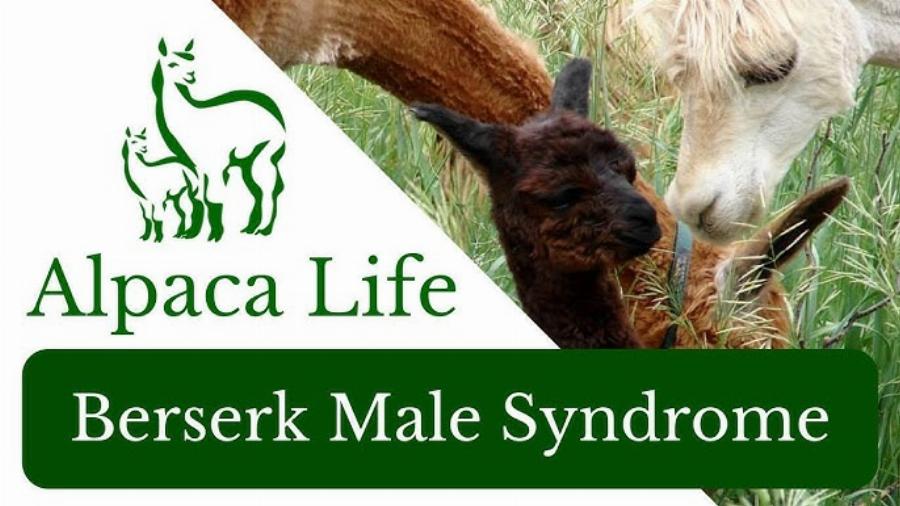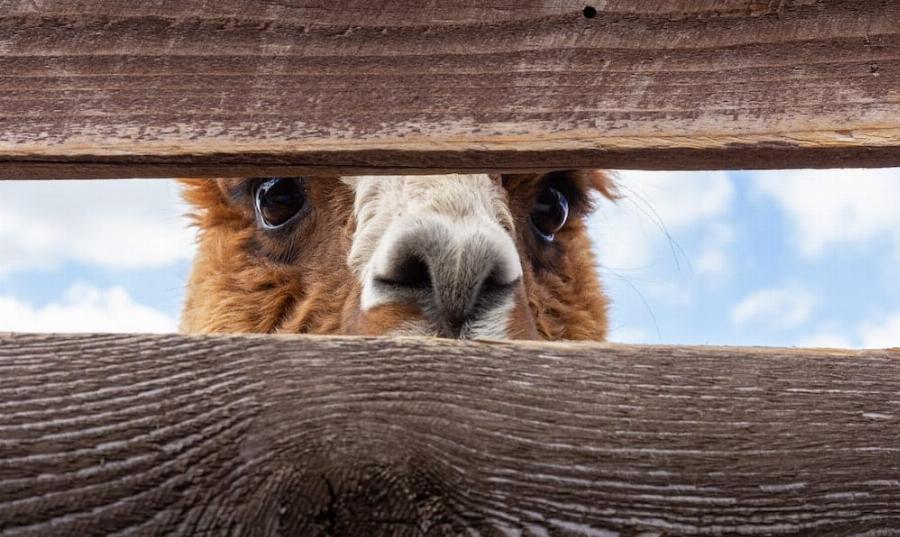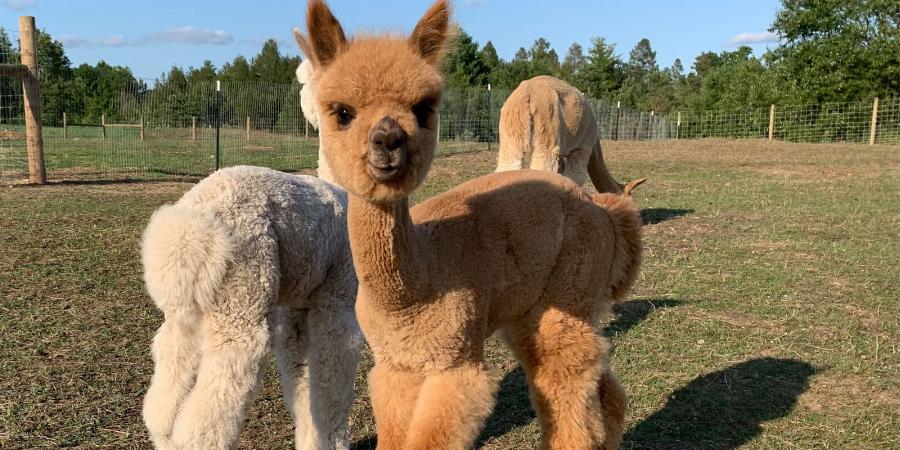Nội dung bài viết
- Origin and Significance of Alpacas
- Types of Alpacas and Their Characteristics
- Alpaca Care and Husbandry: Focusing on Eye Health
- The Alpaca Industry and Its Products
- Interesting Facts and Myths about Alpacas
- What are the common causes of alpaca eye infections?
- How do I treat an alpaca eye infection?
- When should I seek veterinary care for my alpaca’s eye infection?
- Can I prevent alpaca eye infections?
- What are the long-term effects of untreated eye infections in alpacas?
- Are there any home remedies for alpaca eye infections?
- How can I tell if my alpaca’s eye infection is getting better?
- Conclusion
Alpaca Eye Infection Treatment is crucial for the well-being of these gentle creatures. Recognizing the signs early and understanding the treatment options can make all the difference in their recovery and long-term health. From common irritants to more serious infections, this guide will equip you with the knowledge you need to protect your alpaca’s precious eyesight.
Origin and Significance of Alpacas
Alpacas, native to the Andes Mountains of South America, have been domesticated for thousands of years. Prized for their luxurious fleece, these camelids play a vital role in the economies and cultures of Andean communities. Their gentle nature and unique personalities have also made them beloved companions worldwide. Ever wondered how these charming animals became so integral to Andean life? They provide not only a sustainable source of income through their fleece, but also hold a significant place in local traditions and folklore.
 Alpacas in the Andes Mountains
Alpacas in the Andes Mountains
Types of Alpacas and Their Characteristics
There are two main types of alpacas: Suri and Huacaya. Suris are known for their long, silky, dreadlock-like fleece, while Huacayas have a denser, crimped fleece, giving them a fluffy appearance. Both types come in a wide range of colors, from white and fawn to brown and black. Did you know that each type of alpaca fleece has unique properties that make it suitable for different types of textiles? While Suri fleece is prized for its drape and sheen, Huacaya fleece is known for its warmth and softness.
 Suri and Huacaya Alpaca Breeds
Suri and Huacaya Alpaca Breeds
Alpaca Care and Husbandry: Focusing on Eye Health
Proper alpaca care is essential for preventing eye infections. A clean and well-maintained environment can significantly reduce the risk of irritants and bacteria. Regular health checks, including eye examinations, are vital. Early detection of any abnormality can lead to prompt alpaca eye infection treatment and prevent complications. What are some common signs of eye problems in alpacas? Look out for excessive tearing, redness, swelling, or discharge from the eyes.
 Checking an Alpaca's Eyes
Checking an Alpaca's Eyes
The Alpaca Industry and Its Products
The alpaca industry thrives on the production of high-quality fleece, which is used to create a variety of luxurious products. From soft sweaters and warm blankets to durable rugs and unique accessories, alpaca fiber is highly sought after for its softness, warmth, and hypoallergenic properties. Have you ever felt the luxurious softness of an alpaca scarf? It’s truly unlike any other wool!
 Products Made from Alpaca Fiber
Products Made from Alpaca Fiber
Interesting Facts and Myths about Alpacas
Alpacas are fascinating creatures with unique behaviors. They are social animals that communicate through a series of hums, clicks, and body language. Contrary to popular belief, alpacas are not aggressive and rarely spit, unless they feel threatened. Ever wondered why alpacas sometimes “kiss”? It’s actually a way for them to establish dominance within the herd.
 Alpaca Herd Socializing
Alpaca Herd Socializing
What are the common causes of alpaca eye infections?
Common causes include bacteria, viruses, fungi, parasites, and environmental irritants like dust and pollen.
How do I treat an alpaca eye infection?
Alpaca eye infection treatment usually involves topical or systemic antibiotics, antifungals, or antiparasitics prescribed by a veterinarian.
When should I seek veterinary care for my alpaca’s eye infection?
Consult a vet immediately if you notice any signs of eye problems, such as redness, swelling, discharge, or squinting. Early alpaca eye infection treatment is essential.
Can I prevent alpaca eye infections?
Yes, maintaining a clean environment, providing adequate ventilation, and ensuring proper nutrition can help prevent eye infections in alpacas.
What are the long-term effects of untreated eye infections in alpacas?
Untreated eye infections can lead to blindness, corneal ulcers, and even the loss of the eye.
Are there any home remedies for alpaca eye infections?
While some home remedies exist, it’s crucial to consult a veterinarian for proper diagnosis and alpaca eye infection treatment. Never self-treat. Dr. Maria Sanchez, a renowned camelid veterinarian, advises, “Always consult with a veterinarian before attempting any home remedies. Improper treatment can worsen the condition.”
How can I tell if my alpaca’s eye infection is getting better?
Improvements include reduced redness, swelling, and discharge. Your alpaca should also show less discomfort and resume normal behavior.
Conclusion
Alpacas are remarkable animals that enrich our lives in many ways. Understanding their needs, particularly their eye health, is essential for responsible alpaca ownership. From recognizing the signs of an eye infection to seeking appropriate alpaca eye infection treatment, taking proactive steps can ensure the well-being of these gentle creatures. Share this knowledge and help us spread awareness about the importance of alpaca eye care.